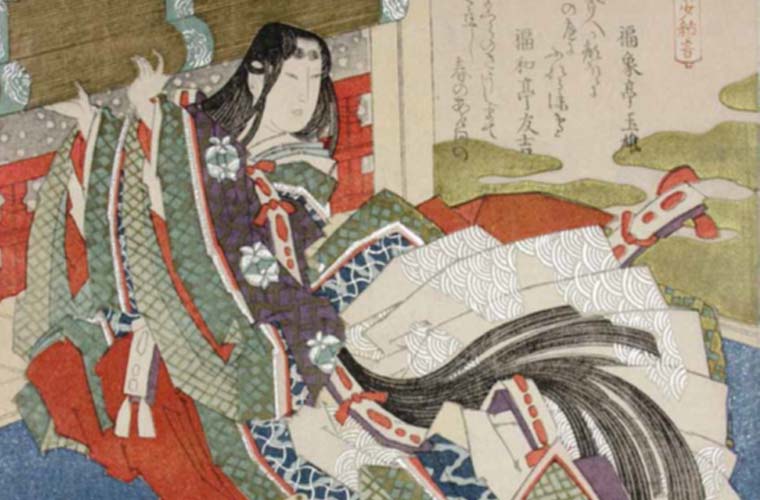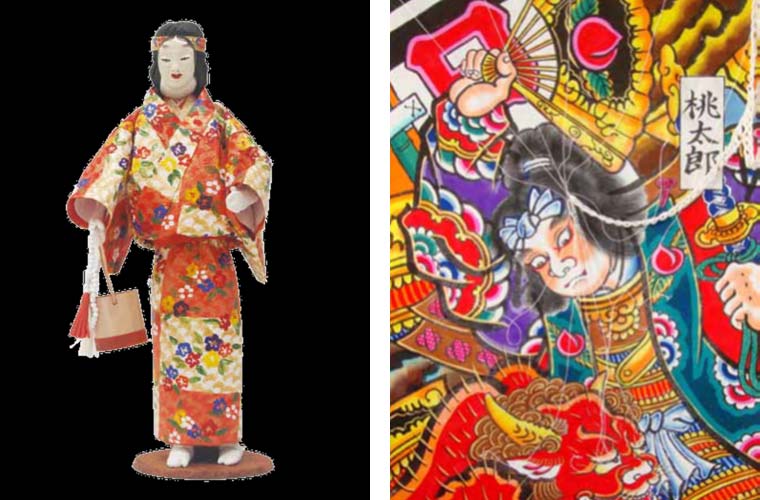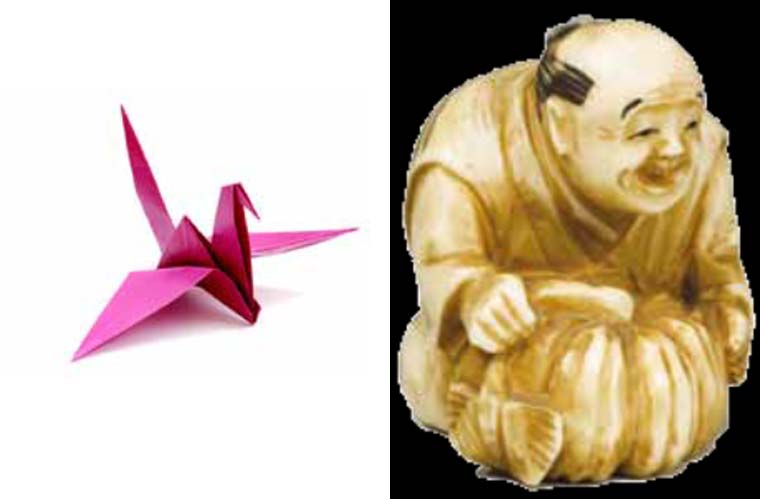Japan on the Carmel
Dan Magazine 18/05/2015
A visit to the Tikotin Museum in Haifa is a fascinating opportunity to get a close look at Japanese art and culture.

Situated on Mt. Carmel in Haifa, the Tikotin Museum is one of the only museums in the world outside Japan dedicated entirely to Japanese art. Some 7,000 Japanese artifacts are to be found within its walls paintings,
Prints, sketches, ancient illuminated books, ceramics, miniature statuettes, metal and lacquer work, Netsuke statues, porcelain utensils for religious rituals, Japanese swords and other weapons, useful artifacts from the 17th to 19th centuries and a collection of modern Japanese art.
So how is it that a Museum of Japanese Art found its way to the Carmel Mountain? The Jewish connection never fails: Felix Tikotin (1893-1986) was a well-known collector of Japanese art who even organized Japanese art exhibitions in many museums around the world. During World War II, Tikotin, being a Jew, fled the Nazis and hid his collection in Holland. After the war, he came to Israel to donate the collection and to build a special museum dedicated to Japanese culture in Haifa.
Dan Carmel Hotel – Staying in Haifa and enjoying a perfect view of the Carmel mountain
Japanese art offers visitors the experience of an encounter with a different culture that has its own unique characteristics. Painting is a very popular form of expression in Japan. Until the modern era, the Japanese used a brush to write with, and the skill acquired in their brush techniques is all too evident in the quality of their painting. Japanese painting is usually done on paper or silk, and the topics are plentiful and varied: Buddhist images, natural landscapes, stories of heroism and legends, flowers and birds and so forth.
Wood prints also developed into an important art form in Japan. The prints reveal the landscapes, the lifestyle and the dress of the period. The excellent quality of the wood prints derives also from the fact that this is not the work of a single person, but rather a partnership of skilled crafts-men who accompany the production process. At various times in its long history, Japanese art absorbed cultural influences from various schools: Chinese painting, Indian Buddhist art, Persian art, Zen, and more but through out the Japanese knew how to assimilate those foreign influences into an artistry based on its own unique esthetic values.
The museum exhibitions change about every three months, to fit the seasons and various other events. Another reason for the frequent changes of display is the sensitivity of the paintings and prints to light and climatic conditions.
Japan on paper…
Origami is the Japanese art of paper folding. The origin of the name is the fusion of the words:
‘ori’ – fold, and ‘kami’ – piece of paper. The art of origami has deep cultural significance for the Japanese, and is used in various common Shinto rituals. This form of art has spread to the whole world and has become part of our leisure time activities thanks to its unique combination of creativity, precision and technical challenge. There are many styles of origami and new models are constantly being publicized. Usually the folds are made with neither cuts nor glue, on square paper that is colored on one side and white on the other (see Wikipedia). The Israeli Center for Origami Art offers programs to develop learning skills through the art of folding paper
(Abba Hillel 146, Ramat Gan, Tel: 03-7513483)


